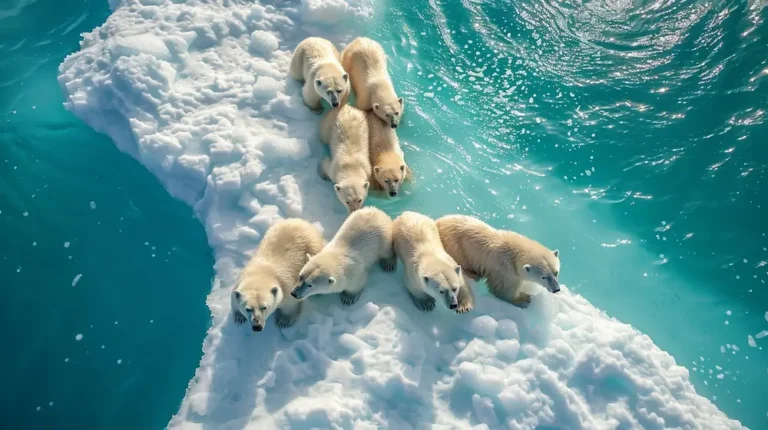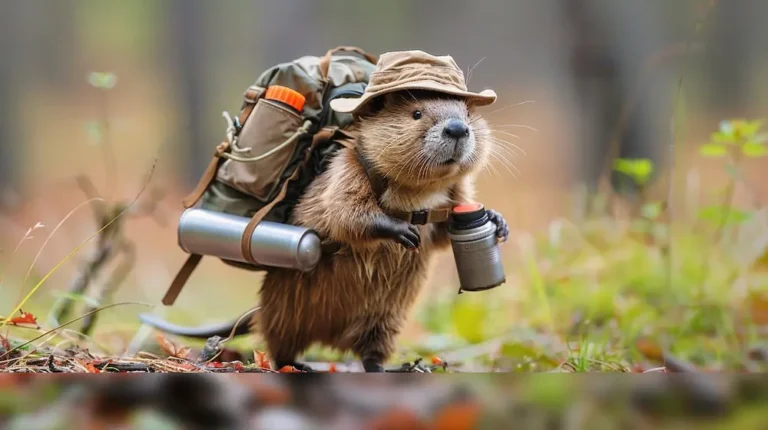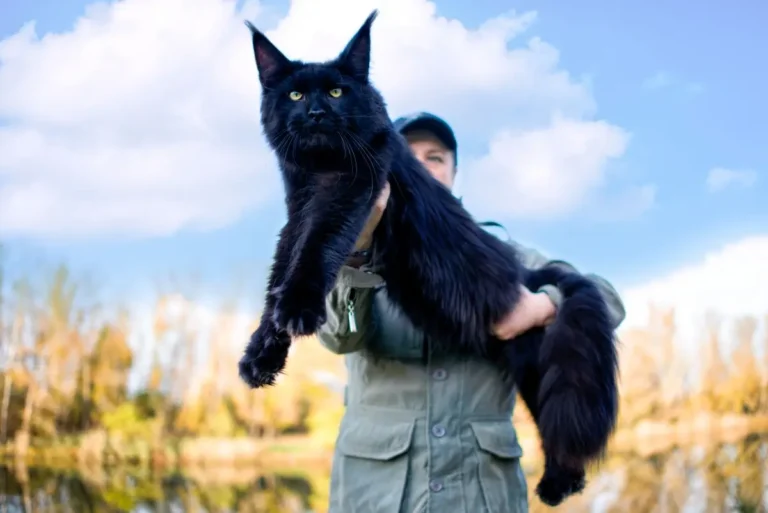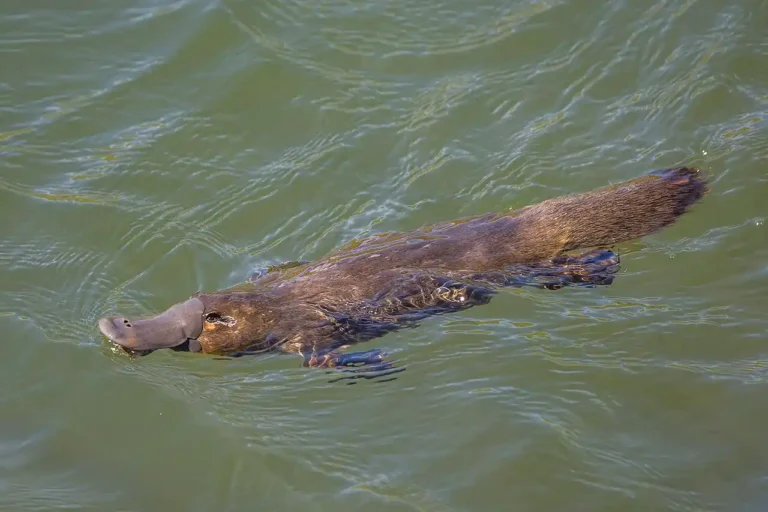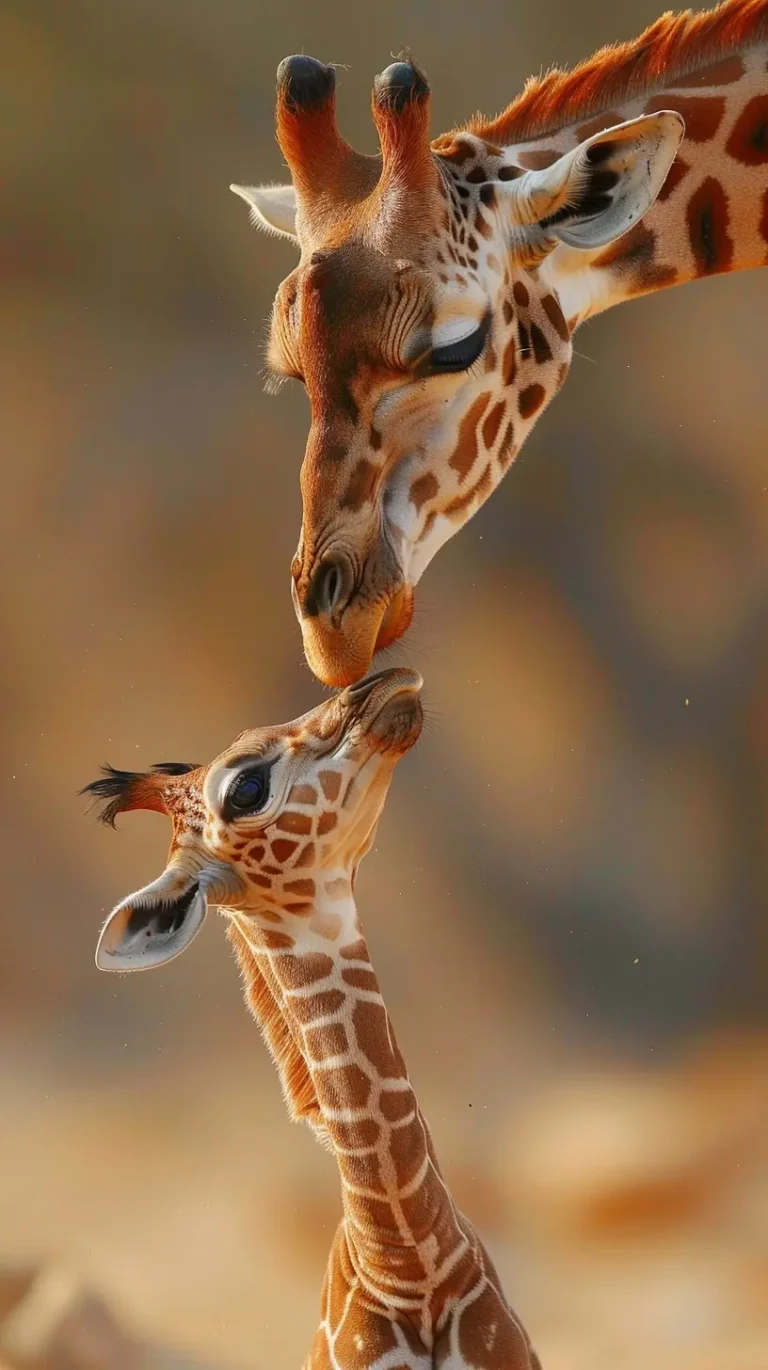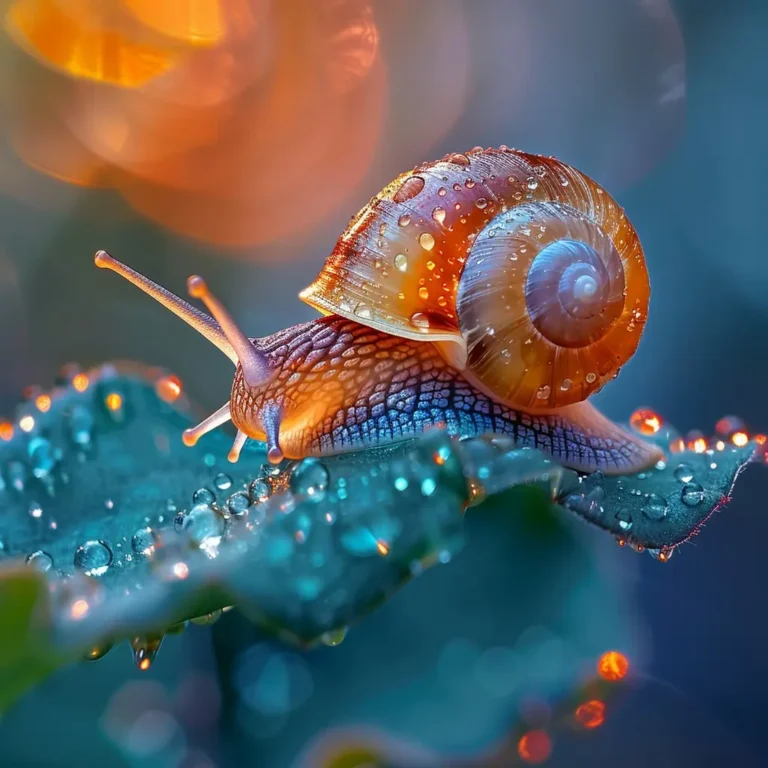
🐧 Dive into Penguin Perfection! 🐧 Ever wondered what makes penguins so irresistibly charming and fascinating? From their quirky behaviors to their incredible adaptations for life in the cold, these flightless birds are full of surprises.
Get ready to waddle through a collection of fun and amazing facts about penguins that will leave you cheering for these adorable, tuxedo-clad wonders! 🌟❄️💧
Types of Penguins
Having fun?, checkout more fun facts about animals.
There are 18 recognized species of penguins, each with unique characteristics and habitats.
Some of the most notable species include:
- Emperor Penguin (Aptenodytes forsteri): The largest penguin species, reaching heights of up to 1.3 meters (4 feet) and weighing up to 40 kilograms (88 pounds).
They are known for their impressive breeding behavior, where males incubate the eggs through harsh winter conditions. - King Penguin (Aptenodytes patagonicus): The second-largest species, they are known for their striking orange and yellow markings and can grow up to 90 centimeters (35 inches) tall.
- Adélie Penguin (Pygoscelis adeliae): A medium-sized penguin known for its distinctive white eye rings and black head.
They are commonly found along the Antarctic coast. - Gentoo Penguin (Pygoscelis papua): Recognizable by their bright orange beaks and white stripe across the head, they are the fastest swimming penguins, capable of reaching speeds of 36 kilometers per hour (22 mph).
- Little Blue Penguin (Eudyptula minor): The smallest penguin species, standing at about 30 centimeters (12 inches) tall and weighing around 1 kilogram (2.2 pounds).
They are primarily found in Australia and New Zealand.
Environment and Habitat
Penguins inhabit a wide range of environments across the Southern Hemisphere, from the icy shores of Antarctica to temperate regions like New Zealand and the Galapagos Islands.
While many species are associated with cold climates, the Galapagos penguin is unique as it lives near the equator and can tolerate warmer temperatures.
Most penguins breed on remote islands or coastal areas, where they can find sufficient food and avoid predators.
Their habitats are crucial for their survival, as they rely on the ocean for food, primarily consuming fish, krill, and squid.
Adaptations and Behavior
Penguins have evolved several adaptations that allow them to thrive in their environments:
- Swimming Ability: Penguins are exceptional swimmers, with some species capable of diving to depths of over 500 meters (1,640 feet) in search of food.
Their streamlined bodies and flippers enable them to move swiftly through the water. - Camouflage: Their black and white coloration provides effective camouflage against predators.
The dark backs blend with the ocean depths when viewed from above, while the white bellies match the bright surface when seen from below. - Social Structure: Penguins are highly social animals, often living in large colonies called rookeries.
They communicate through vocalizations and body language, which helps them identify mates and chicks in crowded environments. - Breeding Behavior: Most penguins are monogamous during the breeding season, with both parents sharing responsibilities for incubating eggs and feeding chicks.
This cooperative parenting is essential for the survival of their young.
Conservation Status
While some penguin populations are stable, many species face threats from climate change, habitat loss, and overfishing.
Changes in ocean temperatures and food availability can significantly impact their survival.
Conservation efforts are critical to protect these iconic birds and their habitats, ensuring they continue to thrive in the wild.
In summary, penguins are not only adorable and endearing creatures but also play vital roles in their ecosystems.
Their unique adaptations and behaviors make them a subject of fascination for scientists and nature enthusiasts alike.
1. Penguins are flightless birds.
Unlike most birds, penguins have evolved to be excellent swimmers rather than fliers. Their wings have transformed into flippers, allowing them to “fly” through water with remarkable agility.
2. There are 18 species of penguins.
All penguin species reside in the Southern Hemisphere, with the Galapagos penguin being the only one that occasionally ventures north of the equator for fishing trips.
3. Emperor penguins are the largest species.
Emperor penguins can stand up to 1.3 meters (4 feet) tall and weigh up to 40 kilograms (88 pounds), making them the heaviest penguin species.
4. Little blue penguins are the smallest.
Also known as fairy penguins, little blue penguins measure only 30 centimeters (about 12 inches) tall and weigh around 1 kilogram (2.2 pounds).
5. Penguins can swim at impressive speeds.
Gentoo penguins are the fastest swimmers, reaching speeds of up to 36 kilometers per hour (22 mph), while most species swim at speeds of 4 to 7 mph.
6. They can dive deep.
Emperor penguins can dive to depths of over 530 meters (1,738 feet), making them the deepest diving birds in the world.
7. Penguins have a unique coloration known as counter-shading.
Their black backs help them blend in with the dark ocean when viewed from above, while their white bellies match the bright surface when seen from below, providing camouflage from predators.
8. Penguins are social animals.
They live in large colonies called rookeries or waddles, which can consist of thousands of birds. This social structure helps them find mates and protect their young.
9. Penguins have distinct calls.
Each penguin has a unique vocalization, allowing them to recognize their mates and chicks in crowded colonies. This communication is vital for their social interactions.
10. They can jump into the air before diving.
Penguins often leap out of the water before diving, releasing air bubbles from their feathers to reduce drag and increase their swimming speed.
11. Penguins are waterproof.
They have a special oil produced by their preen glands that they spread over their feathers, which helps keep them dry and insulated while swimming.
12. Penguins can poop every 20 minutes.
Due to their fast metabolism, penguins need to excrete waste frequently. This rapid digestion allows them to efficiently process the fish and krill they consume.
13. Penguins are expert divers.
They have dense bones that help them sink and dive effectively, allowing them to catch fish and other prey underwater.
14. Penguins build nests.
Some species, like Gentoo and Adélie penguins, collect rocks and pebbles to build nests during the breeding season. Males often impress females with their nest-building skills.
15. Male emperor penguins incubate eggs.
After laying an egg, the female emperor penguin leaves for about two months to fish, while the male incubates the egg, keeping it warm on his feet under a flap of skin.
16. Penguins can recognize each other by sight and sound.
In the midst of thousands of penguins, they can identify their mates and chicks through their distinct calls and visual cues, which is essential for their social structure.
17. Penguins have a thick layer of blubber.
This layer of fat beneath their skin provides insulation against the cold temperatures of their habitats, allowing them to survive in harsh climates.
18. They huddle for warmth.
During extreme cold, especially in Antarctica, penguins huddle together in groups to conserve heat and protect themselves from frigid winds.
19. Penguins can slide on their bellies.
This behavior, known as tobogganing, allows penguins to move quickly across the ice while conserving energy.
20. Penguins have a unique molting process.
Unlike many birds that lose feathers gradually, penguins undergo a catastrophic molt, losing all their feathers at once and becoming temporarily unable to swim.
21. They can live for over 20 years.
In the wild, penguins can have a lifespan of 15 to 20 years, while some species in captivity can live even longer due to reduced predation and access to food.
22. Penguins can store large amounts of fat.
This fat serves as an energy source and helps keep them warm, with some species being able to store up to 30% of their body weight in fat.
23. Penguins have a rough, spiky tongue.
This adaptation helps them catch slippery prey, such as fish and squid, making it easier to hold onto their food.
24. Penguins eat about one pound of food per day.
To compare, humans usually eat about 3-4 pounds of food daily, highlighting their efficient feeding habits.
25. They are carnivores.
Penguins primarily eat fish, krill, and squid, relying on their hunting skills to catch their prey in the ocean.
26. Penguins are monogamous during breeding season.
Many penguin species form long-term pair bonds, with some pairs even staying together for multiple breeding seasons.
27. Penguins can recognize their chicks by their calls.
Parents can identify their chicks’ unique calls among thousands of others, ensuring they can find and feed them even in crowded colonies.
28. They have specialized bones for diving.
Unlike flying birds, penguins have dense bones that help them sink and dive effectively, allowing them to catch fish and evade predators.
29. Penguins can huddle together for warmth.
During the harsh Antarctic winters, emperor penguins form large, ever-moving huddles to conserve heat and protect their young.
30. Penguins are affected by climate change.
As climate change impacts their habitats, penguin populations are at risk due to melting ice and changing ocean temperatures that affect their food supply.
31. The oldest penguin fossils are 62 million years old.
Fossils found in Antarctica suggest that penguins have been around for millions of years, evolving into the species we see today.
32. Penguins are known for their playful behavior.
They often engage in social interactions, such as sliding on ice or playing with one another, showcasing their intelligence and social nature.
33. A group of penguins in the water is called a raft.
When swimming, penguins gather in groups, which helps them stay safe from predators.
34. Penguins can hold their breath for over 20 minutes.
This ability allows them to dive deep and search for food without needing to surface frequently.
35. Penguins have a unique way of cooling off.
In hot weather, penguins can be seen panting or holding their flippers away from their bodies to help regulate their body temperature.
36. They have a specialized diet.
Different penguin species have varying diets based on their habitat and the availability of prey, with some preferring krill while others focus on fish.
37. Penguins can jump up to 6 feet in the air.
Some smaller penguins can launch themselves out of the water and onto ice shelves, demonstrating their impressive swimming abilities.
38. Penguins are often featured in popular culture.
These charming birds have become beloved characters in movies, documentaries, and children’s books, further endearing them to people worldwide.
39. They can be found in various climates.
While most people associate penguins with icy Antarctica, they also inhabit temperate regions and even tropical areas, such as the Galapagos Islands.
40. Penguins are part of the marine ecosystem.
As predators of fish and krill, penguins play a crucial role in their ecosystems, helping maintain the balance of marine life.
41. They have a unique mating dance.
During courtship, male penguins perform elaborate displays, including head bobbing and flipper waving, to attract females.
42. Penguins can be territorial.
During breeding season, some species become territorial, defending their nesting areas from intruders.
43. They have a specialized sense of hearing.
Penguins can hear well underwater, which helps them locate prey and communicate with one another while swimming.
44. Penguins have a unique way of communicating.
In addition to vocalizations, penguins use body language and visual displays to communicate with each other.
45. They can suffer from frostbite.
Despite their adaptations, penguins can still experience frostbite, particularly on their feet and flippers, if exposed to extreme cold for too long.
46. Penguins are known for their grooming habits.
They spend a significant amount of time preening their feathers to keep them clean and waterproof, which is essential for their survival.
47. Penguins have a special adaptation for vision.
Their eyes are adapted to see well underwater, allowing them to spot prey in dark, murky waters.
48. They can form creches.
Many penguin species will form creches, or groups of chicks, to help raise their young. This behavior allows parents to take turns hunting while ensuring the chicks are protected.
49. Penguins can be found on every continent.
While they are most commonly associated with Antarctica, penguins also inhabit regions of South America, Africa, and New Zealand.
50. Penguins symbolize resilience.
Despite facing numerous challenges, including climate change and habitat loss, penguins continue to thrive in their environments, symbolizing endurance and adaptability in the animal kingdom. These fun facts about penguins illustrate the fascinating world of these unique birds, showcasing their adaptations, behaviors, and the challenges they face in their natural habitats.




